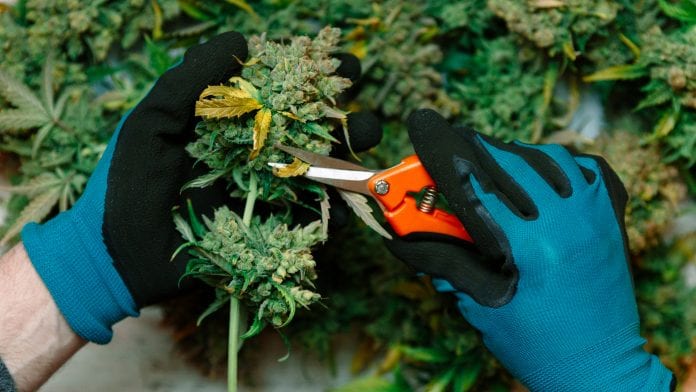
MCN explores the evolution of cannabis production as extraction and distillation technologies advance.
As the cannabis industry has blossomed and research and development in the sector continue to produce novel and innovative processes, industrial cannabis cultivators and producers report the cost of production is falling year on year. Growers report the production cost of dried flower decreasing by up to $75 per pound compared to 2018 figures, a fall attributed partially to the pressures incurred by a broadened field of competition and partly to the advances in agricultural innovation catalysed by industry expansion.
Cultivation
In the key hemp markets of Europe, Australia and the USA, industry voices and consumer pressure combined with increased tolerance on the part of legislators towards the cultivation of the cannabis plant – in particular strains which are low in THC content – have necessitated the easing of legal restrictions on cannabis growth. As individual countries and states have introduced legislation permitting the use and purchase of medical and adult use cannabis, meanwhile, lawmakers have begun to recognise that fostering an internal cannabis industry, rather than relying on costly importation, is both economically beneficial and contributes to employment figures.
Within the industry, commercial growth has perforce accelerated the development and advancement of technological solutions at all levels of the supply chain; from the creation of bespoke greenhouses designed to optimise the growth and harvest of the cannabis plant, to novel extraction and purification processes drawing on the principles of molecular chemistry. As the nascent legal cannabis sector expands and becomes more commercially focused, producers must consider the ratio of costliness to efficacy of each aspect of their manufacturing process at a granular level, taking stock of soil treatments, humidity and light changes, and the need to eliminate the risk of pests without incurring residual chemical contamination.
Extraction
The three key methods of cannabinoid extraction traditionally favoured by most industrial cannabis producers are ethanol or alcohol extraction; hydrocarbon extraction, which isolated cannabinoids using butane or propane; and supercritical – and, less commonly, subcritical – CO2 extraction. Older, cruder methods such as the manual sifting of kief powder and extracting rosin through the application of heat and pressure are largely extinct at an industry level, although they may still be preferred by individual users.
As research on the key components of the cannabis plant has offered expanded insight into the specific characteristics and properties of individual cannabinoids, the demands of an increasingly informed consumer base and the pressures of an ever more populated industry have contributed to a drive towards innovative extraction technologies. Producers of cannabis extract are continually in search of new ways to isolate distinct cannabinoids and increase the purity of the final product, while keeping costs manageable in a volatile market.
Ultrasonic and hydrodynamic extraction are relatively new processes within the cannabis industry, separating the valuable natural oils from raw plant matter by applying ultrasonic and hydrodynamic stimulation respectively; cannabinoids treated through ultrasonic processing dissolve more easily in solvents for alcohol-based extraction, while hydrodynamic extraction is conducted at temperatures so low as to eliminate the need for industrial solvents entirely.
Cryogenic and low temperature extraction, conducted at temperatures well below 0°C, reduce the need for an extract to undergo the additional winterisation process, saving the producer not only time, but also the cash outlay and space needed to purchase and maintain the necessary equipment.
Distillation
The purity of the CBD and THC distillates available on the open market has risen drastically as the industry has evolved. The process of refining extracted cannabinoids has been augmented and enhanced by the introduction of process-specific equipment, precise temperature gauges and high grade pumps, while the industry’s expanded knowledge base regarding the array of cannabinoids and terpenes on offer has enabled manufacturers to better identify exactly what they need from a distillate and how best to obtain it.
As is the case with industrial cultivation and extraction processes, one key defining aspect of any method of distillation for commercial production is that it must be consistent and reproducible.
This has been a significant challenge across the supply chain for producers, particularly those hoping to upscale their operations; because as with any organic material, cannabis carries the risk of inconsistent properties. Again, though, much of this risk can be offset through the use of technology and industrial-level good practice, from close observation of the light and moisture levels at the growing stage to the use of monitoring technology to assess the purity of an extract; and the separation of flavonoids and terpenes at the distillation stage to be returned to the finished product in set quantities.
This article is for issue 3 of Medical Cannabis Network. Click here to get your free subscription today.


















